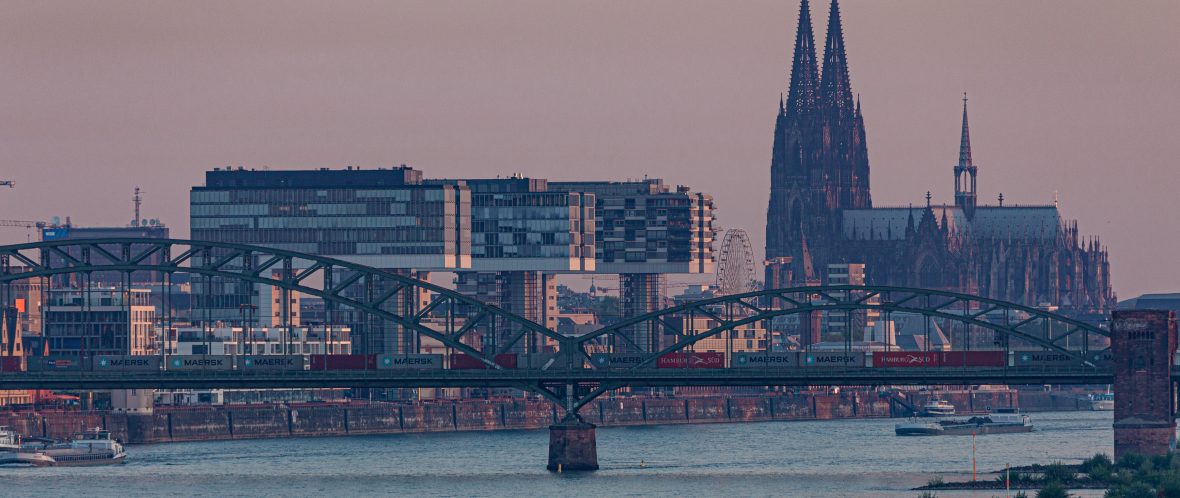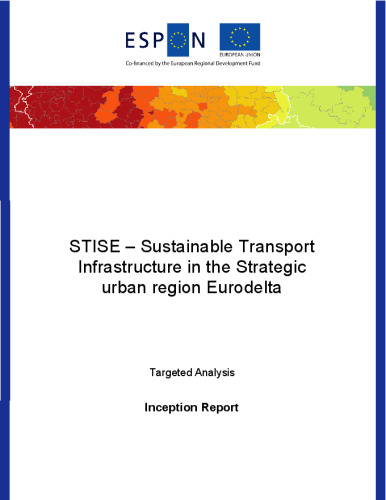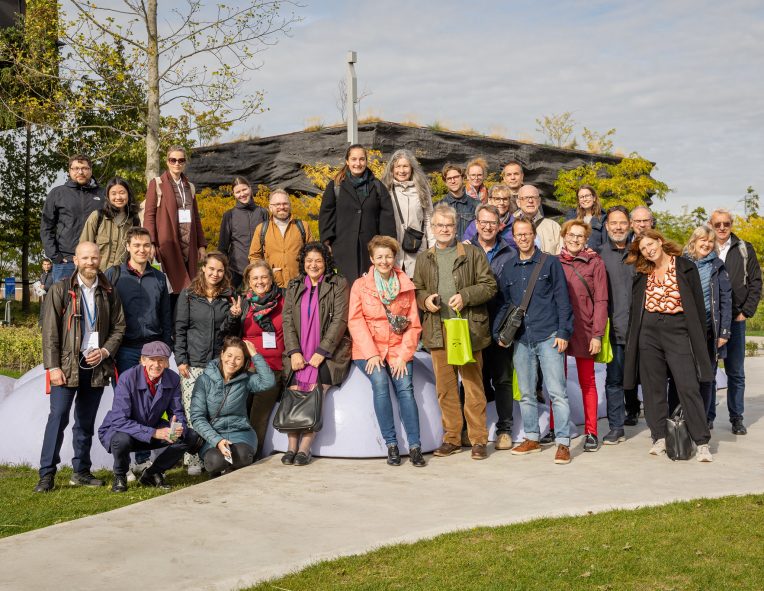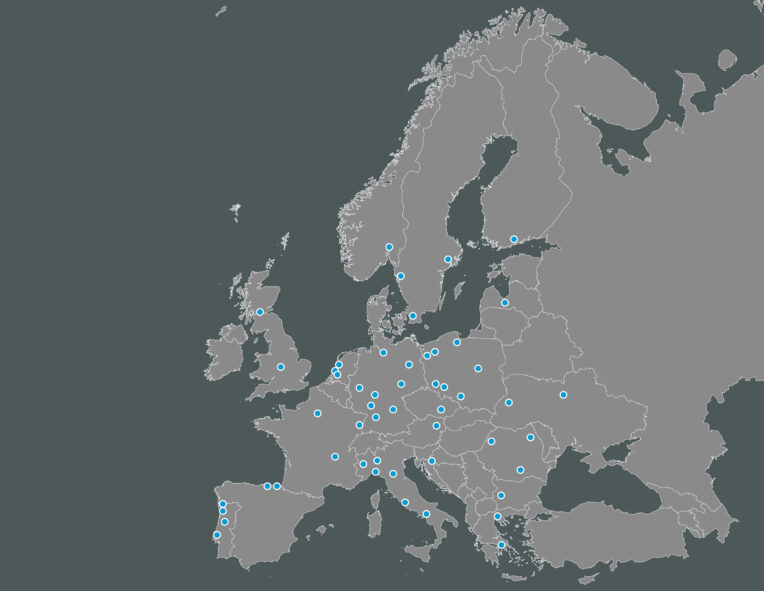This ESPON project is led by and includes many members of the METREX network. METREX itself is an ‘Observer’ of the project. The project has now concluded, with the results and final report available here.
ESPON STISE video
The Strategic Urban Region Eurodelta (SURE) comprises the lower river basins of the Rhine, Meuse and Scheldt. It is a polycentric area, comprising a network of metropolises with medium-large cities and cross-border regions. In its capacity as an entrance gate for goods and people to Europe, it has developed into a densely populated and economically strong area.
Within three hours of travel, over 50 million people can be reached. This makes it a global hub for goods, services and knowledge. This role has brought economic prosperity but also major territorial, environmental and liveability issues.
For instance, transport is responsible for a substantially large share of CO2 emissions in the region, with increases forecast, while EU ambitions and national climate debates or policy plans point to the need for a drastic reduction of them.
The Strategic Urban Region Eurodelta faces major challenges: energy transition, climate adaptation, accommodation of economic and demographic growth, ensuring connectivity and accessibility of urban networks, and sustainable land use. Decarbonising the transport sector plays a crucial role in tackling these challenges.
The area has four internal national borders (NL-DE, NL-BE, BE-FR, DE-BE) that European integration and globalization have tended to abolish. These borders are crossed by people, goods or services, and national and regional/local policymakers feel the urgency to collaborate more closely on policy solutions to address this wide range of flows and achieve more sustainable development.
The analysis considers the research area against its surroundings, but not in a static way. International flows can concern transport and secondary spatial flows to and from megacities in the ring around the SURE, like London, Paris or up to Frankfurt and Hamburg. This can give a measure of the strength of the relationship between the SURE and these cities.
Finally, responding to current events, it has become clear again that crises can affect transport severely. The COVID-19 crisis affects drastically, besides the health of people, free movement of people and has a huge impact also on free movements of goods with the sudden and unexpected recurrence of borders. It could also bring an economic crisis. In the long-term, we may face more sanitary crises, economic crises and crises of other kinds, e.g. energy or digital crises, which may affect cities, cross-border movements and transport.
Policy questions
- To which extent are the local, regional, national and international flows of persons and goods affecting the sustainable growth of SURE region? How could cross-border movement of people and goods develop in the period until 2030 and 2050, regarding different scenarios of societal, economic and political trends?
- To which extent do current or expected transport infrastructure and spatial policies (national complemented by regional) in the SURE contribute to EU (transport) targets for sustainable growth for 2030 and 2050?
- What could be done policy-wise, but also with concrete actions to better contribute to EU (transport) targets for sustainable growth for 2030 and 2050? By which policies and actions, at which level and scale?
- In particular, how can cross-border and inter-metropolitan cooperation contribute to achieving these targets?
Expected results
The main outcomes of the service shall be the following:
- Territorial evidence on the current and possible future impact of flows of persons and goods on the sustainable growth of urban regions within the SURE region as a whole (and with its surroundings as much as possible)
- Evidence on the contribution of current and estimation of the expected contribution of future territorial policies regarding sustainable transport infrastructure in the SURE to EU sustainable growth (including air quality, climate and energy targets).
- Evidence on how cooperation (cross-border, inter-metropolitan, inter-regional, inter-governmental) and governance contribute to achieving EU (transport) targets for sustainable growth for 2030 and 2050.
- Conclusions on the necessary policy, including governance and cooperation, perimeters in the SURE in the context of sustainable transport.
Stakeholders
- Province of Zuid-Holland (NL) – Lead Partner
- The Municipality of The Hague (NL)
- The Flanders Region (BE)
- The Metropolregion Rheinland (DE)
- The Province of Gelderland (NL)
- The Metropole Europeenne de Lille (FR)
- The Municipality of Amsterdam (NL)
- The Brussels-Capital Region (represented by perspective.brussels, the Brussels Planning Agency) (BE)
- The Regionalverband Ruhr (DE)
- The International Society of City and Regional Planners (ISOCARP) – Observer
- The network of European Metropolitan Regions and Areas (METREX) – Observer
Photo by Florian Schmetz on Unsplash




